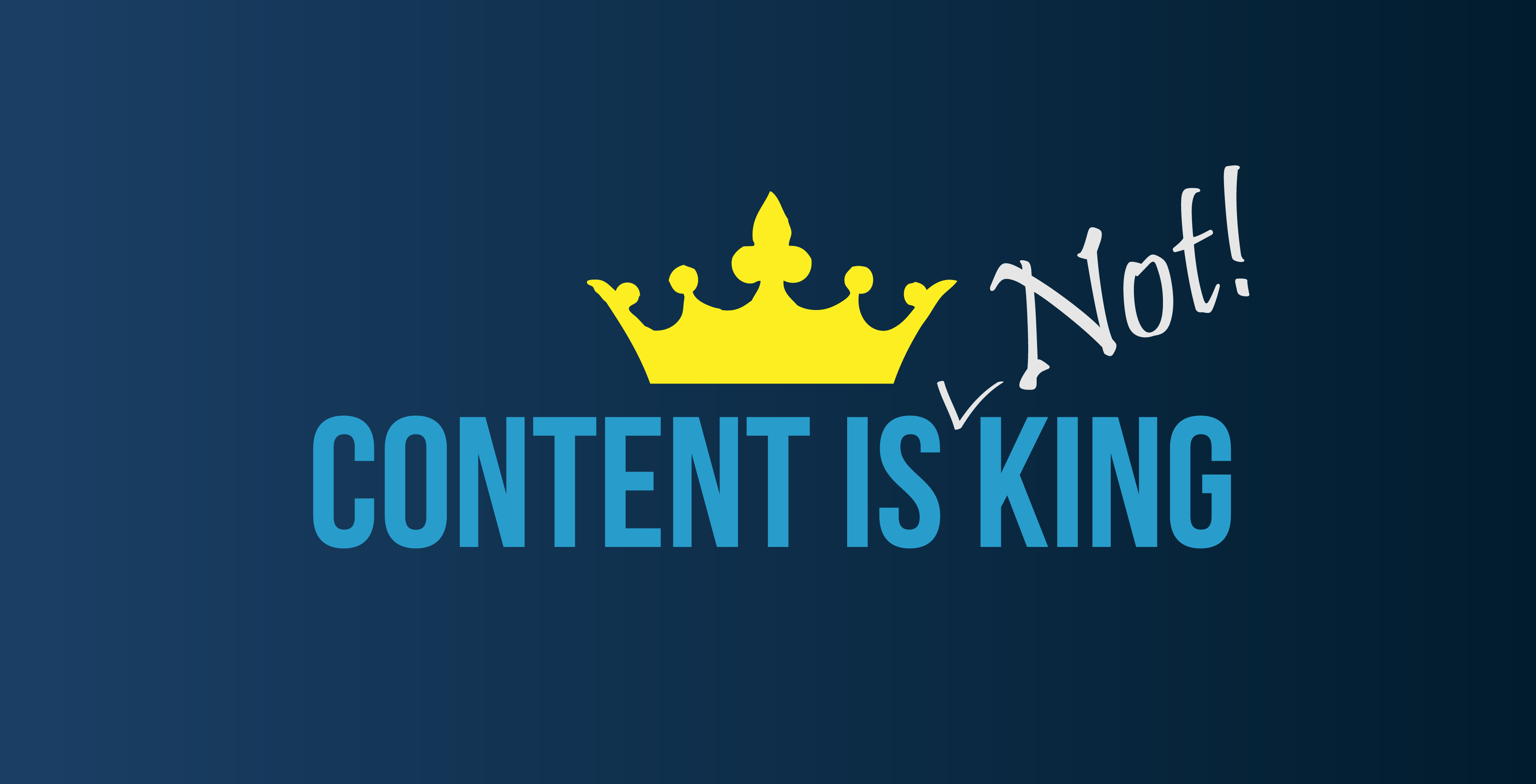
The history of “content is king”
This is my experience of the rise and rise of content is king and why the saying isn’t the complete truth.
When nobody cared about content
For most website owners prior to 2014, buying “SEO” largely meant monthly link building packages.
The more you pay, the more links you got each month and for a lot of people, this worked very well.
Agencies played cat and mouse with Google trying to guess what links worked, what didn’t, and which ones Google no longer liked. Links were easy to build, easy to automate and highly profitable.
The quality and quantity of website content wasn’t as important as keyword density and use of your target keywords in pre-determined places. The result was an internet full of websites that hammered a keyword everywhere on a page and pointless 200-400 word bits of content, often duplicated or with no user value.
R.I.P crap link building
In 2014 Matt Cutts, the then Google Spam master of doom released his “stick a fork in it” video and, almost overnight blog linking & link building in general went from everyone’s best friend to everyone’s worst enemy. You can read the blog that came with the video on Matt Cutts blog
Over the next weeks and months, website owners became very nervous about links and lots of agencies looked for something to replace link building as an easy and profitable service to offer clients and, understandably the world looked to content, especially written content and soon “Content Is King” was born.
Content is king?
Where in 2013, website owners bought links each month, in 2014 they bought content. New pages were added to websites like they were going out of fashion and we saw blogs being added to websites to have somewhere to put all this new content.
Soon, content creation became like link building and while some good content was produced, it was lost under a sea of poor-quality text content with little or no user value – Spammy links were replaced by spammy content.
In a perfect SEO world, Quality Content = Earning External Links = Authority
In the real world, lots of people have and continue to spend time, effort and money adding lots of content to their site that delivers almost no SEO value at all because the website they are adding it to, doesn’t have a good enough link profile so the content gets few visitors.
Google algorithms to force change
Over time, the threat of getting a Google penalty forced website owners to think more about the content they added, and the rise of social media made marketing new website content easier than ever. Social has played a big part in the rise of content marketing enabling content to be easily promoted to a target audience to help gain links, shares and other positive indicators.
Since 2014, Google has developed the ability to contextualise content and has begun to understand what content holds user value and what content doesn’t, this is why adding a 400-word blog article to a website that doesn’t really say much is a pointless exercise. Good content is now understanding the user intent behind a keyword and writing content to match that intent.
Tell users what they want to know, not what you want to tell them as this is often 2 different things.
The best content is king
A well thought out, user focused page or blog article will always work well and deliver long term value remembering that good content needs to be laid out correctly to make it easy for people to digest.
A good piece of written text content doesn’t take 5 mins to do. Time should be taken to think about the following areas:
Heading or Title – Is it user focused? Does it grab the attention? If eCommerce, is that product title complete & contain key info?
Sub-headings – These are very important for blogs and longer pieces of content as it breaks up the content and makes it easier to read. Good subheadings should indicate the subject covered in the subsequent paragraph content.
Paragraph content – Does it have a beginning, middle and end? Is there too many pointless words? When you are happy with your content, read it again and see if you can remove another 20 words
Does the content link to other pages on my site? If eCommerce, does the content or description contain the buyer info that can encourage a sale (size, weight, delivery, product USP’s)
People like good content and Google is good and understanding what people like so always think about the user and you are guaranteed of good SEO.
If I get the time in 2019, I’ll look at what makes great content in more detail.



